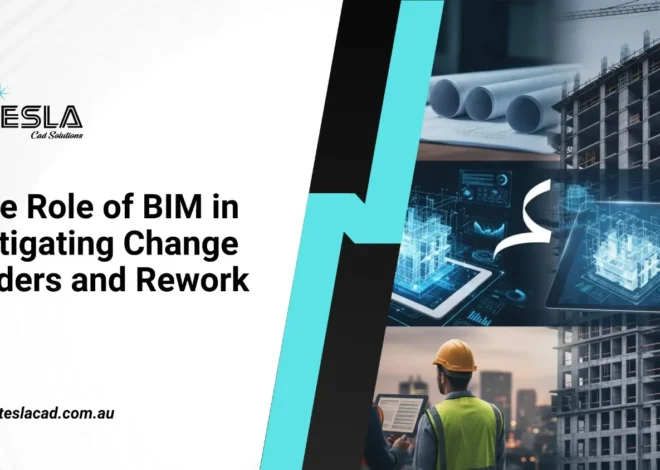
How Drones are Transforming the BIM Lifecycle in Construction Landscape
Table of Contents
Over the past few decades, from the late 1980s to the present-day scenario, Building Information Modeling (BIM) software has seen technological advancements in construction workflows enormously. It has allowed architects, engineers, and other stakeholders to collaborate on building large structures on a real-time basis.
Now, the futuristic Drone Technology has taken BIM a step further. Drones can collect and capture high-resolution data from both the interior and exterior of a building, which provides valuable insights for the creation of an even more accurate and detailed 3D model. Drones’ ability to collect frequent aerial imagery and close-up shots of inaccessible areas grants construction teams a new perspective that enhances their decision-making process. In this article, we will explore how construction drones are enhancing BIM processes and how they are revolutionizing the way we approach data collection.
The Role of BIM in the Construction Industry
BIM is the backbone of the modern construction industry. BIM Modeling provides a digital representation of a building’s physical and functional characteristics throughout its entire lifecycle. It has transformed the way projects are designed, constructed, and managed, leading to improved efficiency, cost savings, and quality outcomes of the construction process.
How Drone Technology is Revolutionizing the BIM Modeling Services
Drones aka Unmanned Aerial Vehicles (UAVs), have become a pivotal tool in the modern construction landscape. Their ability to capture and collect aerial imagery and data has revolutionized various aspects of construction which includes surveying, monitoring, and inspections. The integration of drones into BIM has introduced plenty of benefits. Let’s delve deep into the specific ways drone technology is revolutionizing BIM Process:
-
Accurate and Up-to-Date Site Data Collection
Drones equipped with high-resolution cameras and sensors can rapidly capture extensive aerial imagery and data from construction sites. This data is then processed using photogrammetry software to generate detailed 3D models and point clouds which provide a comprehensive representation of the project site. This accurate and up-to-date site information can be seamlessly integrated into BIM Services which ensures that the digital representation of the construction project reflects the actual conditions on the ground.
-
Efficient Site Monitoring and Progress Tracking
Drones can be deployed regularly to monitor the progress of construction projects, which can fetch real-time insights into site activities, material stockpiles, and the overall progress of the building or structure. This continuous monitoring enables project managers to identify potential issues early on, make timely adjustments to project plans, and track progress. Regular drone surveys also provide valuable documentation of the construction process. Therefore, this facilitates effective communication and collaboration among project stakeholders.
-
Enhanced Safety Inspections
With the help of drones, construction professionals can conduct hazardous inspections of difficult-to-reach areas, such as tall structures, steep roofs, and confined spaces by eliminating the need for workers to put themselves at risk. Drones equipped with specialized sensors can also detect structural defects, corrosion, and other potential hazards and enable proactive maintenance and safety measures.
-
Improved Clash Detection and Resolution
By integrating drone data into BIM models, potential clashes between different building elements, such as ductwork, electrical conduits, and plumbing pipes, can be identified early in the design phase. This early detection of conflicts can save plenty of time and resources by preventing costly rework and delays during construction.
-
Streamlined As-Built BIM Creation
Drones can capture detailed as-built data of completed structures or buildings, by providing a comprehensive record of the actual construction process. This as-built data can be used to update BIM Models and ensure they accurately reflect the existing conditions of the structure. Therefore, the up-to-date BIM Model is a valuable tool for future maintenance, renovations, and modifications.
-
Enhanced Site Visualization and Communication
Drone-generated 3D models and point clouds provide a comprehensive and immersive visualization of construction sites and enable to better understanding of the project’s layout, progress, and potential challenges that may occur in the future regards to any building or structure. Also, this enhanced visualization facilitates effective communication and collaboration among architects, engineers, contractors, and other stakeholders.
-
Reduced Survey Costs
Traditional surveying methods can be time-consuming, labor-intensive, and expensive, especially for large and complex projects of any building or structure. And that’s where Drones play a crucial role by offering a cost-effective alternative option, significantly reducing the time and labor required to collect accurate site data.
The Future of Drone Usage in BIM
So now if you are wondering, what the future is going to look like for using drones in BIM Modeling? In a word: brilliant.
According to various surveys, the global market for BIM in the construction industry is expected to reach over $7.5 billion in 2027. That’s up from $2.5 billion in 2019, growing at a compound annual growth rate (CAGR) of 15% between 2020 and 2027. And it’s no surprise when you consider the numerous advantages of using drones on construction projects. When it comes to BIM, drones can help you save time and money by drastically reducing the chance of design errors with high-quality data and streamlining everything with ease. This allows you to optimize workflows at every stage of the construction process and get ahead of the competition.
Wrapping up…
In a nutshell, there’s no denying the fact that the synergy of BIM and drones has the potential to transform data collection in the construction industry. By harnessing the capabilities of these technologies, construction professionals can foster seamless collaboration, optimize decision-making, and achieve successful project outcomes. As BIM Services and drone technology continue to advance, the future of construction data collection looks promising.
If you want to level up your construction game and stay ahead of the curve, choose Tesla CAD Solutions now! We offer comprehensive BIM Modeling Services, including Point Cloud to BIM, and more. Contact us today for a free consultation.



